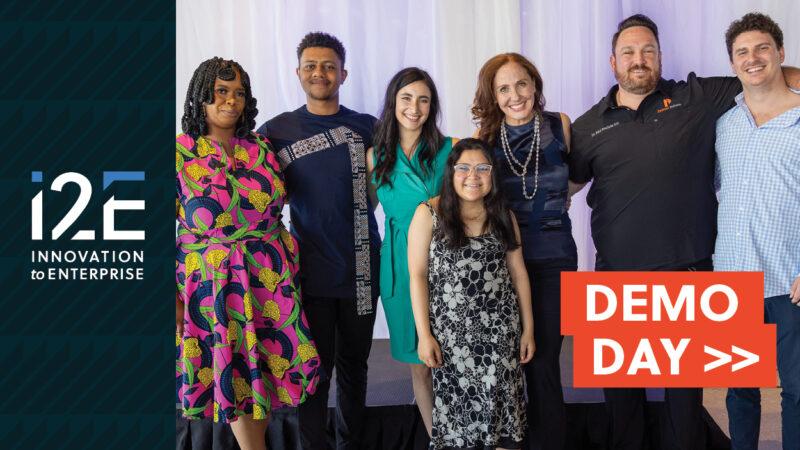By Jim Stafford
Copyright © 2014, Oklahoma Publishing Company
Oklahoma City-based Caisson Biotech, LLC, gave all Oklahomans a reason to celebrate last March when it signed a $!67 million partnering agreement with the pharmaceutical industry giant Novo Nordisk.
Caisson developed a patented heparosan-based drug delivery technology called HEPtuneTM that can be used for a variety of therapeutic areas, including diabetes care or inflammatory diseases such as Crohn’s disease and arthritis.
HEPtuneTM was developed in the laboratory of Paul DeAngelis, Ph.D., a Presidential Professor of Biochemistry and Molecular Biology at the University of Oklahoma College of Medicine. He also serves as Chief Scientist for Caisson, which licensed the technology from OU and developed the lucrative drug delivery product.

For companies such as Caisson that license technologies created on any of OU’s three campuses, their journey begins with OU’s Office of Technology Development. The office is led by Jim Bratton, executive director, and Gina McMillen, director and employs a diverse staff with expertise in patenting, licensing and commercialization.
“I would say Caisson Biotech is our most recent big success story, in terms of revenue,” Bratton told me last week as we sat in a small conference room in the Three Partners Place building on OU’s South Research campus in Norman campus.
I was there to learn something about how OU’s process works as it negotiates licensing deals with companies and entrepreneurs with groundbreaking technology developed at the university.
For instance, how “user friendly” is OU for both researchers and companies seeking to license technologies?
“From a financial incentive standpoint we have a very favorable intellectual property policy,” Bratton said. “Most universities have a revenue sharing plan and allow a researcher to share in the licensing revenue. OU took a very forward, positive and advantageous perspective in favor to the inventor, where the inventor receives 35 percent of all gross royalties received by the university,’’
Before any licensing deal is struck, however, it is preceded by a complicated due diligence process.
“Commercializing nascent innovation is nuanced and takes time,” Bratton said. “It’s our fiduciary obligation to the faculty inventors, the board of regents and the taxpayers to ensure the deal fits the university’s mission, protects academic freedoms and that the commercialization results in a benefit to the state and society.”
Often, the first challenge can be to determine whether a new concept is scalable and has true commercial potential.
That difficulty drove OU to collaborate with i2E, Inc., the Oklahoma Center for the Advancement of Science and Technology (OCAST), Cowboy Technologies and Oklahoma State University to launch the Oklahoma Proof of Concept Center.
Through the Proof of Concept Center, teams often composed of students as well as faculty/inventors seek to develop a prototype and reach out to potential customers over a 12-week period to gauge true market interest.
OU receives about 70 new discovery disclosures annually, about half of which come out of the Health Sciences campus. Licensing activities for fiscal 2014 totaled $3.6 million, including $2.5 million generated by life science companies such as Caisson.
In addition to Caisson, other potential success stories are brewing from OU licensees such as Selexys Pharmaceuticals and Moleculera Labs. Both companies are based the University Research Park in Oklahoma City.
“These are overnight successes decades in the making,” Bratton said. “Tech transfer is risky, tough to do and takes time to get it right. We are very pro entrepreneur here, and do everything we can to ensure that we are part of the company’s success and not the reason it fails.”
Click here to read the article at newsok.com.







